- Learning time
- 20 minutes
- First play time
- 45 minutes
Spies and Lies
Designed by: Don Eskridge
Spies and Lies takes the basic premise of Stratego and builds in a layer of delicious bluffing.
As with Stratego, your goal is to capture your opponent’s flag. The central path on the board is the path of the double agent – get this piece to your opponent’s end of the path, and you win. Or, after three rounds, have the double agent closer to them than it is to you!
So the long, or medium-term objective is always move the double-agent. How? Well, in each of the three rounds you decide which four of your ten cards you’ll play, and then ‘deploy’ them in number order, face-down (exception: the sneaky ‘4’ card, which can go anywhere it likes). Players will reveal one by one, and (usually) activate the cards: card’s will either move the double agent directly, have some kind of negative impact on your opponent, or use the number value to push your own soldier piece up it’s own separate path: every time the soldier reaches the end, the double-agent will move one space, and your soldier returns to the start of the path.
Each card also has a special action or ability which will activate when revealed. This might directly move the double agent or hamper your opponent but cancelling one of their upcoming cards. BUT…
Hang on, because before you reveal any of your cards, two things happen. First of all, an Intel card is revealed showing four numbers, and you must place a marker on any deployed card that matches any of the four numbers on it; giving your opponent some limited information (exception: the dastardly 4 card, which you may lie about) about what you have planned. Then, before each card is revealed, your opponent may guess what it is – if they guess correctly, the card does not activate! Not only that, but they get to move their soldier along the path as well, imbuing the whole experience with the tension of bluff and double-bluff. And the pressure increases: when the double agent activates in round one, it moves a single space. Round two: two spaces, and round three, three spaces – the only exception to this movement is the actual gate of your opponent’s castle, which must be entered in a single move. When that happens, the game ends. If nobody manages it, then whoever the agent is closest to at the end of round three loses.
The guru's verdict
-
Take That!
Take That!
It's all Take That!
-
Fidget Factor!
Fidget Factor!
Low to absent.
-
Brain Burn!
Brain Burn!
Rules-wise, low. The burning comes in when you try and second-guess your opponent whilst avoiding detection yourself.
-
Again Again!
Again Again!
If the objective never changes, selecting 4 cards to deploy from nine gives enough room to manoeuvre and enough sense of variety.

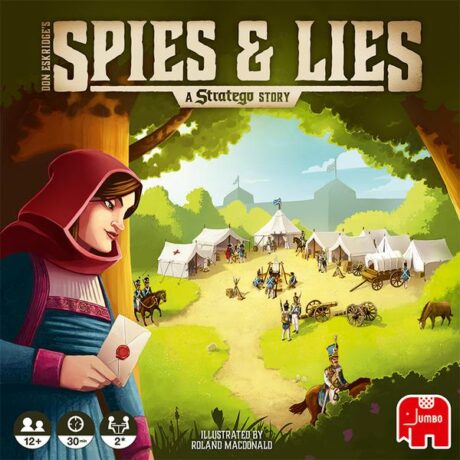
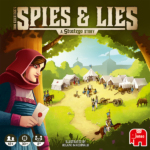
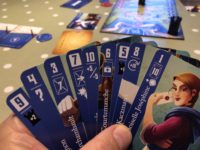
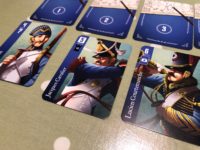
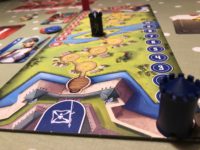
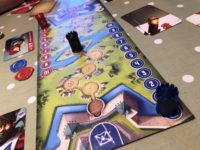


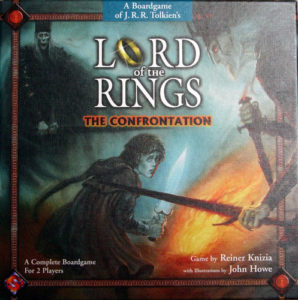
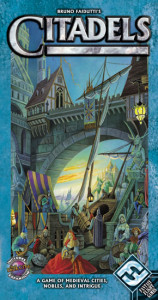



Sam says
Teeth-gnashingly good for two, as long as the two in question are in favour of the sneakily/openly combative nature of proceedings here. And I like it. Admittedly, Spies and Lies isn't something I want to play over and over in the same sitting, but it's a lot of devious fun to revisit now and again. Simple rules - only a couple of small wrinkles not mentioned here - and yet the imperfect knowledge and avenues of devious pursuit available to both sides are kinda delicious. A miniature gem.